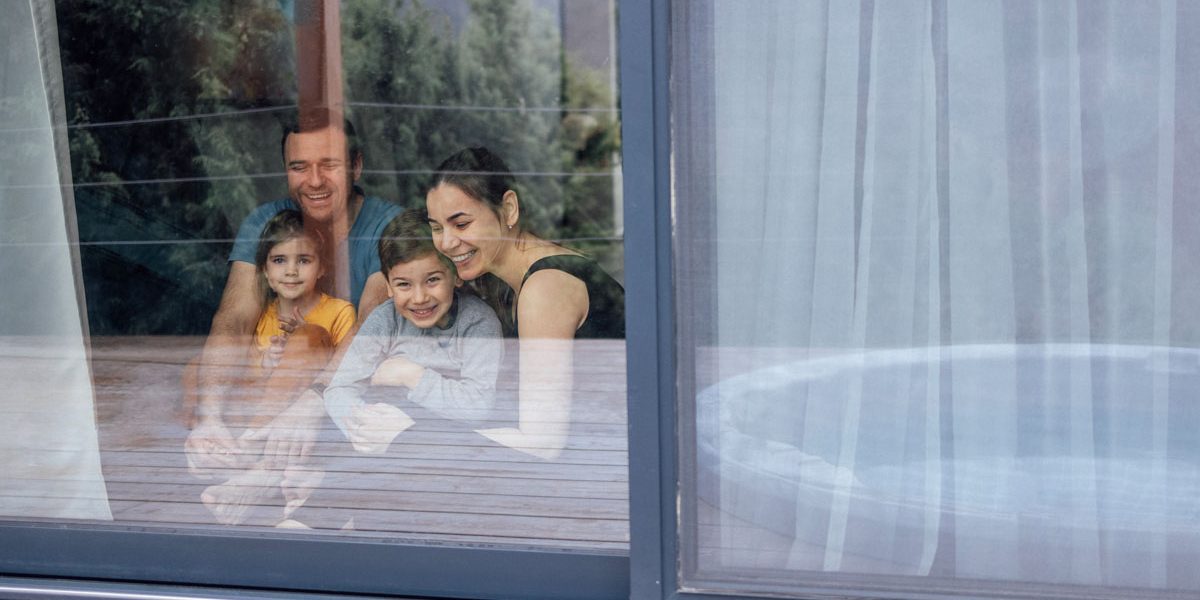In regarding windows, the type of glass you decide on is a vital consideration. Professionals estimate that seventy percent loss of energy happens through windows and doors, and that ninety percent loss of window heat happens through the glass. Energy efficiency is crucial; however, the terminology can be very bewildering when investigating different kinds of energy-efficient windows. This post explains what a Low-E window is, why it is energy efficient, the different kinds of Low-E coatings and which is best for your location.
What is a Low-E Window and What Makes Them Energy Efficient?
Low-emissivity glass, or Low-E glass was devised to decrease the amount of infrared and ultraviolet light coming through your glass, without decreasing the amount of light that comes into your home. These windows come with a microscopic thin coating that is clear and can reflect heat. The coating is thinner than the hair on your head. Those coatings keep the temperature in your home unchanging by reflecting the inside temperatures back inside.
As reported by the Vitro Glass Education Center, there are a multitude of factors used for measuring the capability of glass with Low-E coatings:
Solar Heat Gain Coefficient: This is the occurrence of solar radiation that comes via the window. This could be one of two ways directly transferred and taken in or radiated inwards.
U-Value: This rating is provided to a window based on the amount of heat loss it permits.
Visible Light Transmittance (VLT): The amount of how much visible light is passed through the glass.
Light to Solar Gain: The percentage between the window’s VLT and its Solar Heat Gain Coefficient valuation.
Types of Low-E Coatings
Passive Low-E Coating (Hard-Coat): The Low-E coating is created using the pyrolytic technique, which produces pyrolytic coatings. This coating gets applied to the glass band as it is being manufactured through the float line, causing the coating to “fuse” to the surface of the heated glass. This fusion produces a robust bond, or “hard-coat,” that is very resilient.
Solar Control Low-E Coating (Soft-Coat): These types of coatings are created using the Magnetron Sputtering System method, meaning the coating gets applied offline to pre-cut glass in a vacuum tank at room temperature. These coatings, which are also known as “soft-coat,” are required to be sealed in an insulated glass (IG) unit. This coating has lower E and excellent solar control capability. This coating provides increased performing solar management.
Which Type of Low-E Coating Glass is Best for My Climate?
Are you uncertain concerning which type of Low-E glass is right for you? Prior to you deciding, it is important to think about your area’s climate:
When you live in an exceedingly colder climate, the hard-coat Low-E glass may be an alternative for you, since it enables a little of the sunlight’s short-waved infra-red energy to come through the window. Helping to heat the house in the colder months and enables the glass to return the interior long-waved heat energy back inwards.
Nevertheless, when you reside in a cold to hot climate, which covers just about all of the US, soft-coat Low-E windows are ideal, as they provide better UV safeguarding and have a better general U-value. The soft-coat Low-E coatings also return the warm and cool air to reenter your home rather than enabling it to escape to the outside.
Build a Custom Home In Arizona
Contact Hughes Development today to get an estimate for your home building project. Hughes Development builds custom homes in Mesa, Apache Wells, Mountain Whisper and more areas in Arizona.







